In a new finding that goes against current conservation paradigms, re-introducing wolves and other predators to our landscapes does not miraculously reduce deer populations, restore degraded ecosystems or significantly threaten livestock, according to a new study.
Tag: Conservation
Study reveals how climate change can significantly impact one of the world’s most important carbon-rich ecosystems
Researchers from the University of Portsmouth say a ‘one size fits all’ approach to preserving mangrove forests will not work
Virtual reality gives humans a turtle’s-eye view of wildlife
A virtual reality simulation designed by a University of Oregon professor could help spur people to environmental action. Participants in Project Shell don a virtual reality headset and take on the body of a loggerhead sea turtle, sporting flippers instead of arms. During a 15-minute immersive experience, they journey from a hatchling to an adult turtle, dodging hazards like ships and wayward fishing gear.
Monarch butterfly populations are thriving in North America
For years, scientists have warned that monarch butterflies are dying off in droves because of diminishing winter colonies. But new research from the University of Georgia shows that the summer population of monarchs has remained relatively stable over the past 25 years.
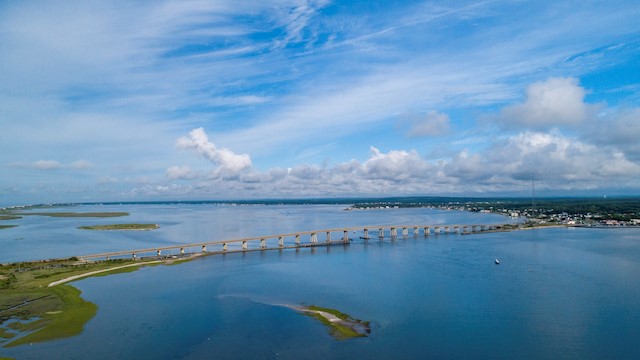
Shinnecock Bay Recognized as A New Global “Hope Spot”
Shinnecock Bay on the south shore of Long Island, New York, is being named a new “Hope Spot” by Mission Blue, an international organization that supports the protection of oceans worldwide. This distinction is the result of a decade of restorative work led by Stony Brook University scientists.
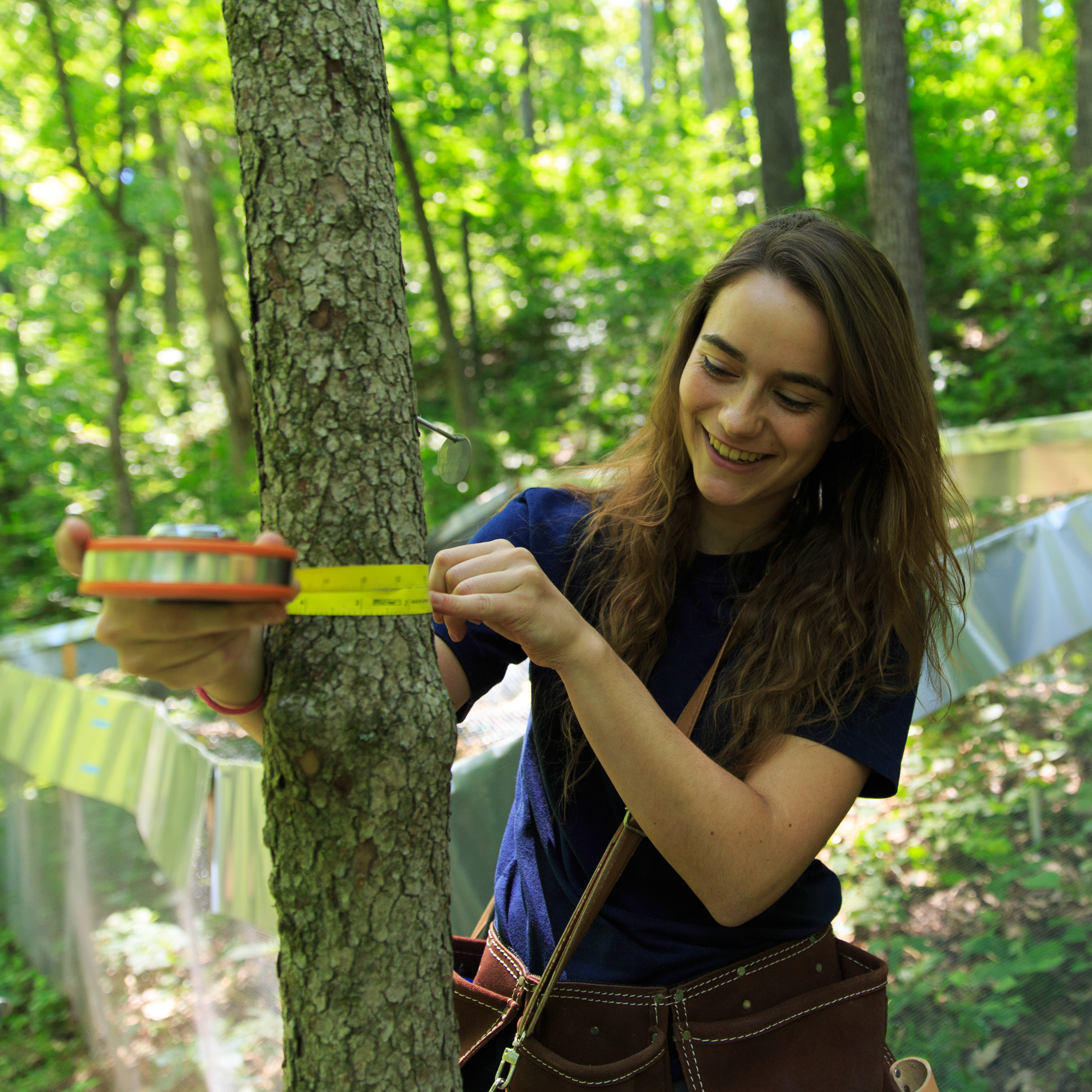
The space between us
Tree beta diversity — a measure of site-to-site variation in the composition of species present within a given area — matters more for ecosystem functioning than other components of biodiversity at larger scales. The finding has implications for conservation planning.
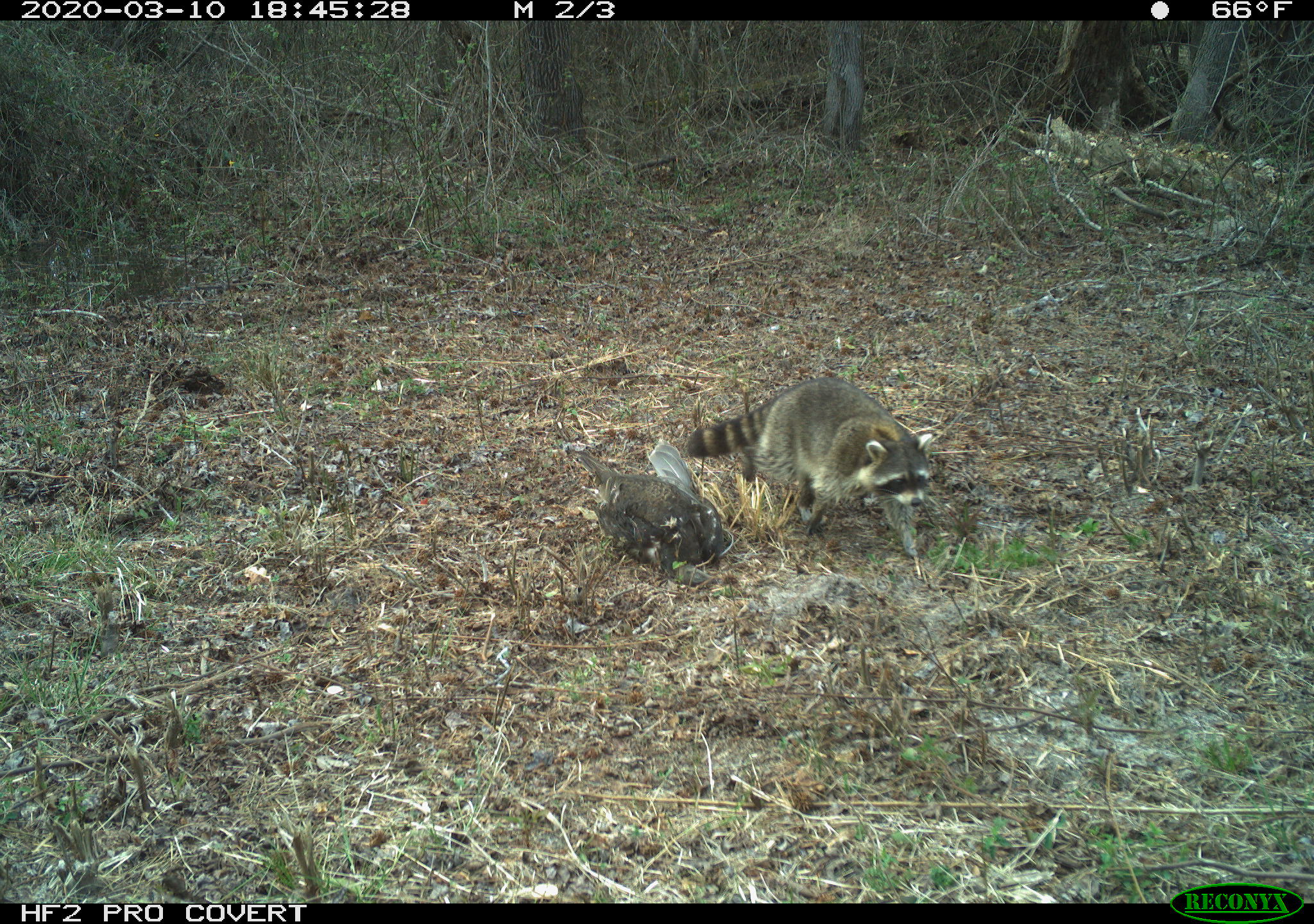
Scavengers can be picky eaters
A recent study conducted by researchers at the University of Georgia found that when presented with a smorgasbord of options, vertebrate scavengers were selective about what or whom they ate—providing insight into how nutrients can cycle through food webs.
U.S. Must Ramp up Ocean Conservation to Meet Global MPA Standards
A new analysis of marine protected areas (MPAs) reveals that many important ocean regions off mainland United States are significantly unprotected – with large portions of the coast having only five percent or less of its area conserved and a vast majority of the Mid-Atlantic coast unprotected.
These stunning 3D models of coral reefs are a crucial research tool
Martínez Quintana has created stunning 3D digital models that visualize the surface of coral reefs in painstaking detail. The artful re-creations aren’t just beautiful: They’re also filled with data on the distribution of young corals, known as recruits, that scientists are analyzing.
Global Bird Populations Steadily Declining
Staggering declines in bird populations are taking place around the world. So concludes a study from scientists at multiple institutions, published today in the journal Annual Review of Environment and Resources. Loss and degradation of natural habitats and direct overexploitation of many species are cited as the key threats to avian biodiversity. Climate change is identified as an emerging driver of bird population declines.
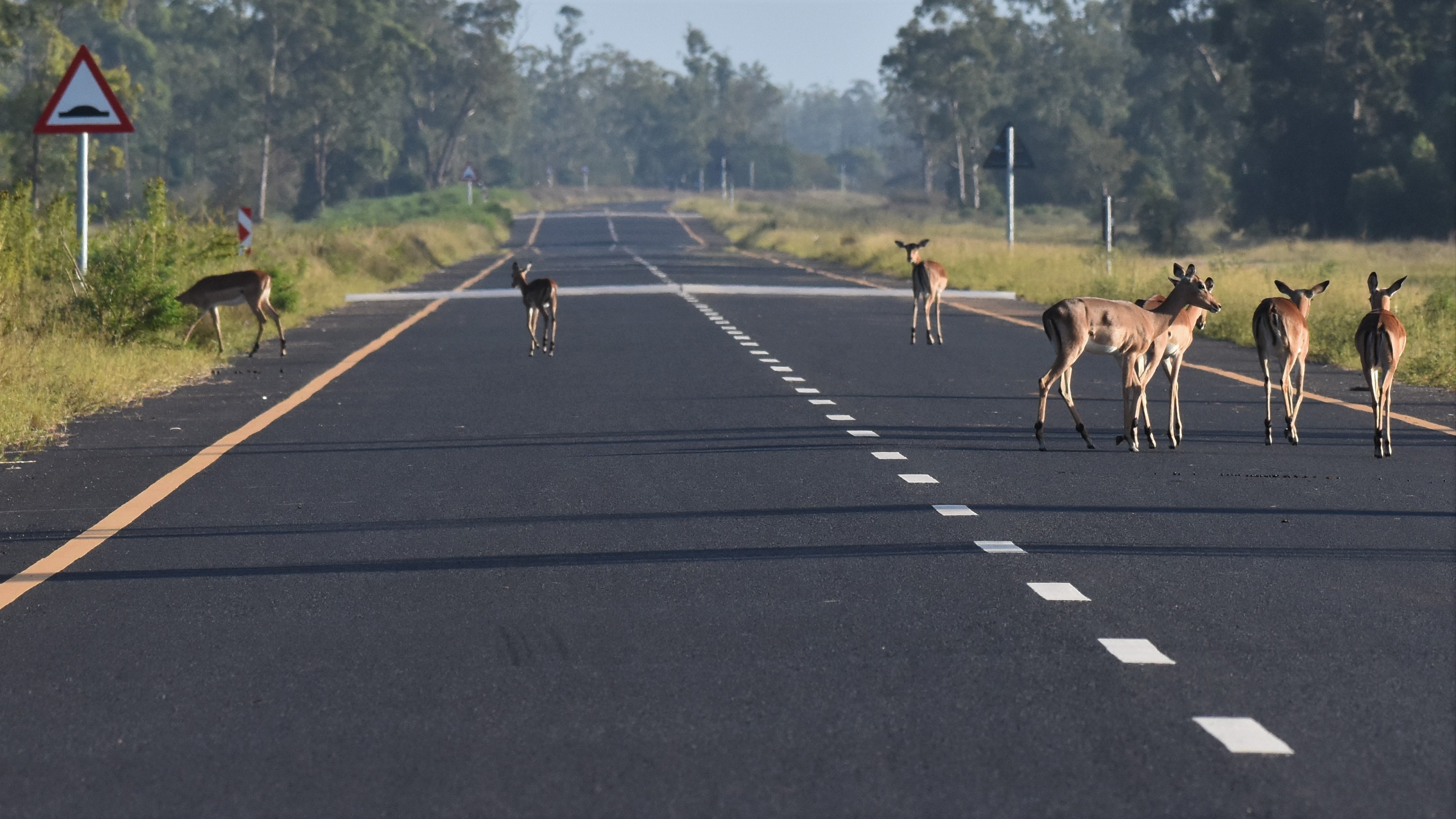
Conservation on a Budget: Study Shows How to Balance Economic Development Goals with Environmental Conservation Using Freely Available Data
An international study published in the journal Conservation Science and Practice gives fast-growing nations a simple, inexpensive guide to inform planning and decision-making to help balance economic development goals with environmental conservation and human well-being.
Rare, endangered insects and spiders illegally for sale online
Endangered and threatened insects and spiders, as well as common species that provide valuable ecological services, can be easily purchased – without adequate oversight – through basic internet searches, according to a new Cornell University study.
World’s New Stream Frog Found in Myanmar: Chula Researcher Indicates Its Ecosystem Is Intact
A biologist from the Faculty of Science, Chulalongkorn University working with researchers from Germany and Myanmar has discovered two of the world’s newest stream frogs in Myanmar highlighting the remaining diversity of ecosystems in Southeast Asia and cautions all those involved of the need to conserve our forests before our valuable wildlife become extinct.
The effects of embodying wildlife in virtual reality on conservation behaviors
AbstractEfforts to mitigate environmental threats are often inversely related to the magnitude of casualty, human or otherwise. This “compassion fade” can be explained, in part, by differential processing of large- versus small-scale threats: it is difficult to form empathic connections…
Improving Georgia land conservation through algorithms
A team of University of Georgia researchers has created a model to help land developers and public officials identify the land that is best suited for conservation. Led by Fabio Jose Benez-Secanho, a former UGA graduate student, and Puneet Dwivedi, associate professor in the Warnell School of Forestry and Natural Resources, this first-of-its-kind algorithm considers a variety of factors not included in other models when calculating the value of land for conservation.
UN’s Sustainable Development Goals (SDGs) have impact on textile wastewater pollution research
The world’s research effort into wastewater pollution caused by the textiles industry has increased threefold over the past five years, according to a new analysis released this week in the lead up to Earth Day (Friday 22 April).
WVU researchers explore invasive carp control methods
As invasive carp continue to pose ecological and economic threats to the Upper Mississippi River Basin, researchers at West Virginia University hope to uncover ways to minimize the species’ expansion.
Novel Tag Provides First Detailed Look into Goliath Grouper Behavior
A study is the first to reveal detailed behavior of massive goliath groupers. Until now, no studies have documented their fine-scale behavior. What is known about them has been learned from divers, underwater video footage, and observing them in captivity. Using a multi-sensor tag with a three axis accelerometer, gyroscope and magnetometer as well as a temperature, pressure and light sensor, a video camera and a hydrophone, researchers show how this species navigates through complex artificial reef environments, maintain themselves in high current areas, and how much time they spend in different cracks and crevices – none of which would be possible without the tag.
Raise a glass to butterflies
To restore disappearing breeding habitat for monarch butterflies, a University of Florida scientist is tapping into a surprising source: craft beer.
UC San Diego Physicist Helps Launch National Network Examining Earth’s Planetary Limits
University of California San Diego Physics Professor Tom Murphy is among five authors of an essay, appearing in the November 2021 issue of the journal Energy Research & Social Science, that cautions current levels of worldwide economic growth, energy use and resource consumption will overshoot Earth’s finite limits.
Iowa State’s Schulte Moore named 2021 MacArthur Fellow
Lisa Schulte Moore, a professor of natural resource ecology and management at Iowa State University, has been named a 2021 MacArthur Fellow for her groundbreaking research as a landscape ecologist building more sustainable and resilient agricultural systems. The prestigious awards, sometimes called “genius grants,” identify scientists, artists, entrepreneurs and others who have demonstrated exceptional creativity and who show promise for important future advances.
Genotyping Reveals Significance of Mesophotic Reefs for Florida Keys’ Coral Recovery
Researchers are the first to compare the genetic structure and genomic diversity of paired shallow and upper mesophotic coral sites in the Northern and Southern Dry Tortugas and the Lower and Upper Florida Keys. Results suggest that while vertical connectivity between paired shallow and mesophotic populations can vary, certain mesophotic coral populations are important for maintaining the long-term survival of this ecologically important coral species throughout the Florida Keys and should be considered in future management strategies.
‘Whoop’ – New Autonomous Method Precisely Detects Endangered Whale Vocalizations
One of the frequently used methods to monitor endangered whales is called passive acoustics technology, which doesn’t always perform well.
UCI is No. 2 in Sierra magazine’s 2021 ‘Cool Schools’ ranking of sustainability leaders
Irvine, Calif., Sept. 9, 2021 — The green streak continues! Sierra magazine has named the University of California, Irvine No. 2 overall in its annual “Cool Schools” ranking of sustainability leaders among U.S. and Canadian universities and colleges, marking the 12th time in a row that UCI has placed in the top 10 of the widely acclaimed list.
Coyotes studied as stand-ins for endangered ferrets
By testing easier-to-study coyotes, researchers from the Cornell Wildlife Health Lab, in collaboration with the Cheyenne River Sioux tribe, have identified a range of lethal diseases threatening black-footed ferrets – one of the most endangered animals in North America.
Research reveals location and intensity of global threats to biodiversity
New research reveals the location and intensity of key threats to biodiversity on land and identifies priority areas to help inform conservation decision making at national and local levels.
Meeting biodiversity, climate, and water objectives through integrated strategies
Managing a strategically placed 30% of land for conservation could safeguard 70% of all considered terrestrial plant and vertebrate animal species, while simultaneously conserving more than 62% of the world’s above and below ground vulnerable carbon, and 68% of all clean water.
Fungal and Bacterial Biodeterioration of Outdoor Canvas Paintings: The Case of the Cloisters of Quito, Ecuador
The journal Critical Review In Eukaryotic Gene Expression has just published an interesting article entitled: “Fungal And Bacterial Biodeterioration Of Outdoor Canvas Paintings: The Case Of The Cloisters Of Quito, Ecuador.”
Reconnecting the People, Plants and Animals of the Kendall-Frost Marsh
UC San Diego’s Kendall-Frost Mission Bay Marsh Reserve has received an $85,000 grant from Honda to create an integrated research and public engagement program centered on bringing Native American perspectives and cutting-edge science into the management and access decisions needed to ensure the marsh’s survival as a community asset.
Low-cost 3D Method Rapidly Measures Disease Impacts on Florida’s Coral Reefs
A low-cost and rapid 3D technique is helping scientists to gain insight into the colony- and community-level dynamics of the poorly understood stony coral tissue loss disease responsible for widespread coral death throughout the Tropical Western Atlantic. They adapted Structure-from-Motion (SfM) photogrammetry to generate 3D models for tracking lesion progression and impacts on diseased coral colonies. They combined traditional diver surveys with 3D colony fate-tracking to determine the impacts of disease on coral colonies throughout Southeast Florida.
Low-cost 3D Method Rapidly Measures Disease Impacts on Florida’s Coral Reefs
A low-cost and rapid 3D technique is helping scientists to gain insight into the colony- and community-level dynamics of the poorly understood stony coral tissue loss disease responsible for widespread coral death throughout the Tropical Western Atlantic. They adapted Structure-from-Motion (SfM) photogrammetry to generate 3D models for tracking lesion progression and impacts on diseased coral colonies. They combined traditional diver surveys with 3D colony fate-tracking to determine the impacts of disease on coral colonies throughout Southeast Florida.
What’s Killing Coral Reefs in Florida is Also Killing Them in Belize
Only 17 percent of live coral cover remains on fore-reefs in Belize. A study finds new evidence that nitrogen enrichment from land-based sources like agriculture run-off and sewage, are significantly driving macroalgal blooms to increase on the Belize Barrier Reef and causing massive decline in hard coral cover. With only 2 percent of hard coral cover remaining in the Florida Keys National Marine Sanctuary, it’s too late to save that reef, but there’s still hope for the Belize Barrier Reef.
New DNA study provides critical information on conserving rainforest lizards
A study published June 16 in Biotropica by a team of researchers at the University of Washington, the UW Burke Museum of Natural History and Culture, WWF Hong Kong and the University of Colombo has provided an important road map to conserving rough-nosed horned lizards in Sri Lanka.
How do soils and humans impact one another?
Educating the public about soil can help us protect the natural resource
Climate change to fuel increase in human-wildlife conflict
Climate change is further exacerbating human-wildlife conflicts by straining ecosystems and altering behaviors, both of which can deepen the contacts — and potential competition — between people and animals.
City-living bees benefit most from specific types of urban ‘greening’
Converting vacant urban lots into greenspaces can reduce blight and improve neighborhoods, and new research shows that certain types of such post-industrial reclamation efforts offer the added bonus of benefiting bees.
“Get out of the water!” Monster shark movies massacre shark conservation
Undeniably the shark movie to end all shark movies, the 1975 blockbuster, Jaws, not only smashed box office expectations, but forever changed the way we felt about going into the water – and how we think about sharks.
Baylor Study Evaluates Biodiversity Impacts of Alternative Energy Strategies
Climate change mitigation efforts have led to shifts from fossil-fuel dependence to large-scale renewable energy. However, renewable energy sources require significant land and could come at a cost to ecosystems. A new study led by Ryan McManamay, Ph.D., assistant professor of environmental science at Baylor University, evaluates potential conflicts between alternative energy strategies and biodiversity conservation.
Conservation concern as alien aphid detected on Kangaroo Island
An invasive species of aphid could put some threatened plant species on Kangaroo Island at risk as researchers from the University of South Australia confirm Australia’s first sighting of Aphis lugentis on the Island’s Dudley Peninsula.
Antelope’s fate shrouded by social, political forces
The story of efforts to conserve the endangered oribi in South Africa represent a diaspora of issues as varied as the people who live there.
‘An unexplored world right beneath our feet:’ Cave ecologist on the importance of caves in discussions on conservation, caves on other planets
Jut Wynne, director of NAU’s Cave Ecology Lab, talks about cave health all the time. But during 2021, the International Year of Caves and Karst, he and other researchers are inviting the rest of us to consider all the ways these ecosystems contribute to society without us even knowing it.
Conserving coastal seaweed: a must have for migrating sea birds
As Australia officially enters winter, UniSA ecologists are urging coastal communities to embrace all that the season brings, including the sometimes-unwelcome deposits of brown seaweed that can accumulate on the southern shores.
Gift to establish K. Lisa Yang Center for Conservation Bioacoustics
The Cornell Lab of Ornithology’s Center for Conservation Bioacoustics will begin a new era of innovation thanks to a major gift from the philanthropist and Lab Advisory Board member K. Lisa Yang.
Video platforms normalise exotic pets
Researchers at the University of Adelaide are concerned video sharing platforms such as YouTube could be contributing to the normalisation of exotic pets and encouraging the exotic pet trade.

Seabirds face dire threats from climate change, human activity — especially in Northern Hemisphere
Many seabirds in the Northern Hemisphere are struggling to breed — and in the Southern Hemisphere, they may not be far behind. These are the conclusions of a study, published May 28 in Science, analyzing more than 50 years of breeding records for 67 seabird species worldwide.
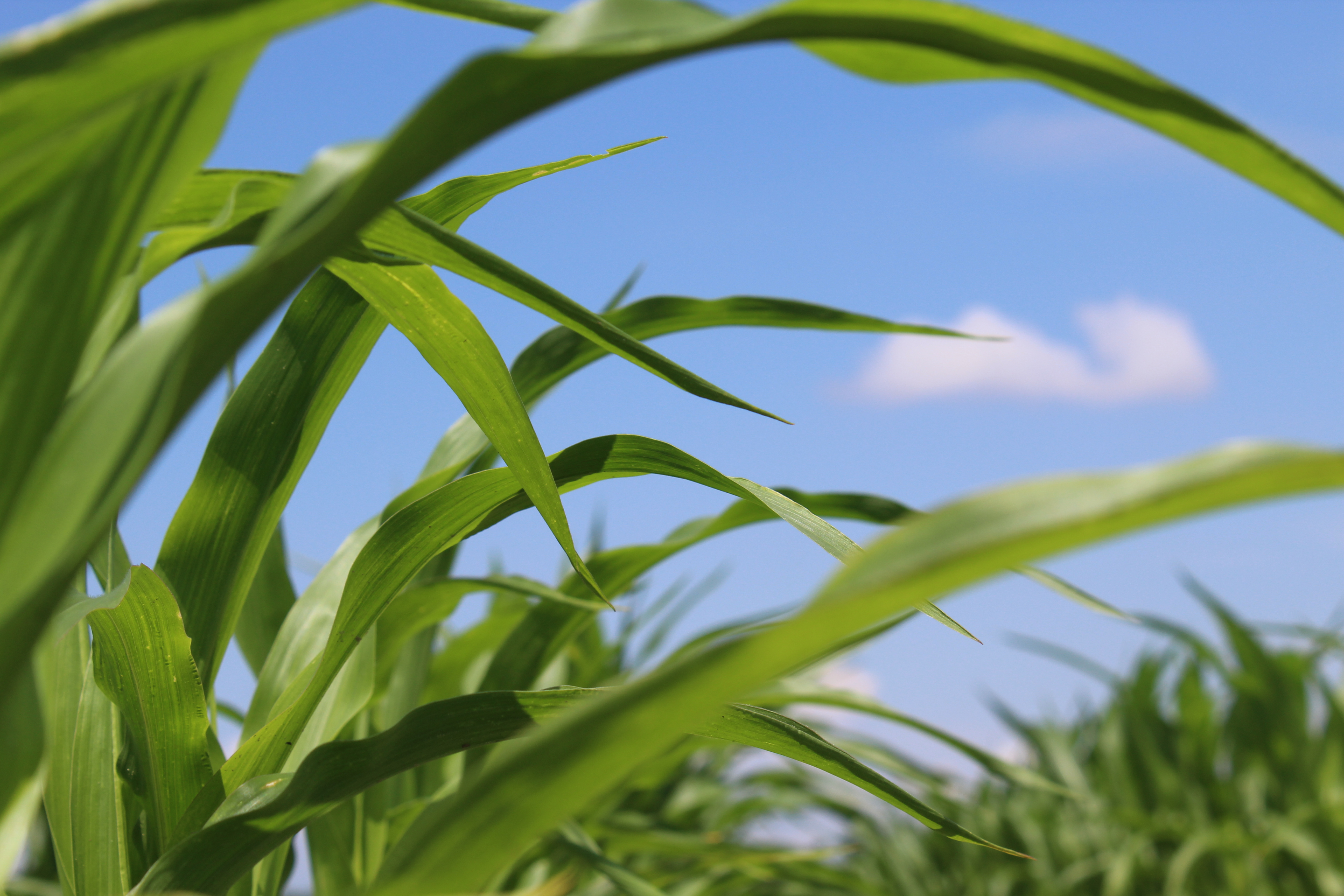
Benefits of wheat in corn-soybean crop rotations
Adding wheat can boost yields, increase economic return, and improve soil
Iconic bird makes its home on campus
With its tree-laden campus and adjacent protected natural reserves, UCI enjoys being home to a great variety of bird species. One particular raptor continues to capture the attention of the many avid birders in Orange County: the white-tailed kite. This iconic bird of Orange County – named for its ability to hover in the air while hunting –nearly went extinct throughout California in the early 1900s due to human-related threats.
Only 17 percent of free-flowing rivers are protected, new research shows
New research published in special issue of Sustainability co-edited by NAU researcher finds that biodiversity commitments will be key to freshwater protection
Health Status of Vulnerable Gopher Tortoises Revealed in Southeastern Florida
In previously unstudied gopher tortoise aggregations, researchers found that overall, 42.9 percent had circulating antibodies to an infectious bacterium that causes upper respiratory tract disease. Physical examination showed that 19.8 percent had clinical signs consistent with upper respiratory tract disease and 13.2 percent had some form of physical abnormality. None of the tortoises tested positive for Ranavirus or Herpesvirus, which represents important baseline data, since these viruses are thought to be emerging pathogens of other tortoise and turtle species.
NSF awards UAH’s Dr. Niemiller $1.029 million for groundwater biodiversity study
A proposal to conduct the first comprehensive assessment of groundwater biodiversity in the central and eastern United States has earned a University of Alabama in Huntsville (UAH) assistant professor of biological science a five-year, $1.029 million National Science Foundation (NSF) CAREER award.